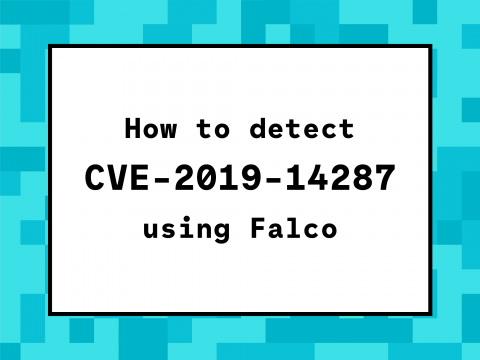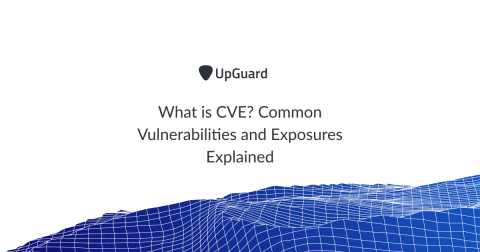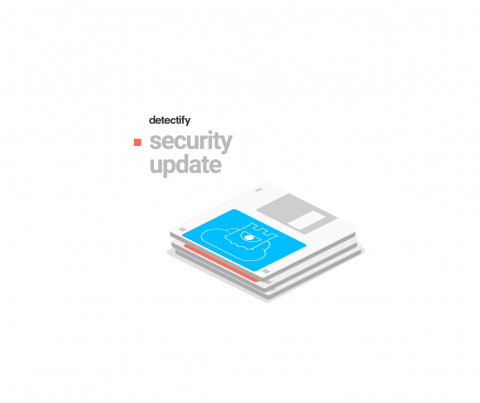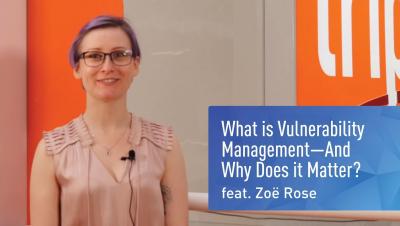Vulnerability Management Life Cycle
As one of the most important practices of cyber security, vulnerability management is not a one step process. It must keep evolving in accordance with your network’s growth. That is why we will take a closer look at vulnerability management lifecycle in this article. Vulnerability management is one of the pillars of cyber security. It helps your organization to have a stronger cyber security and allows your security team to better handle with potential attacks.








